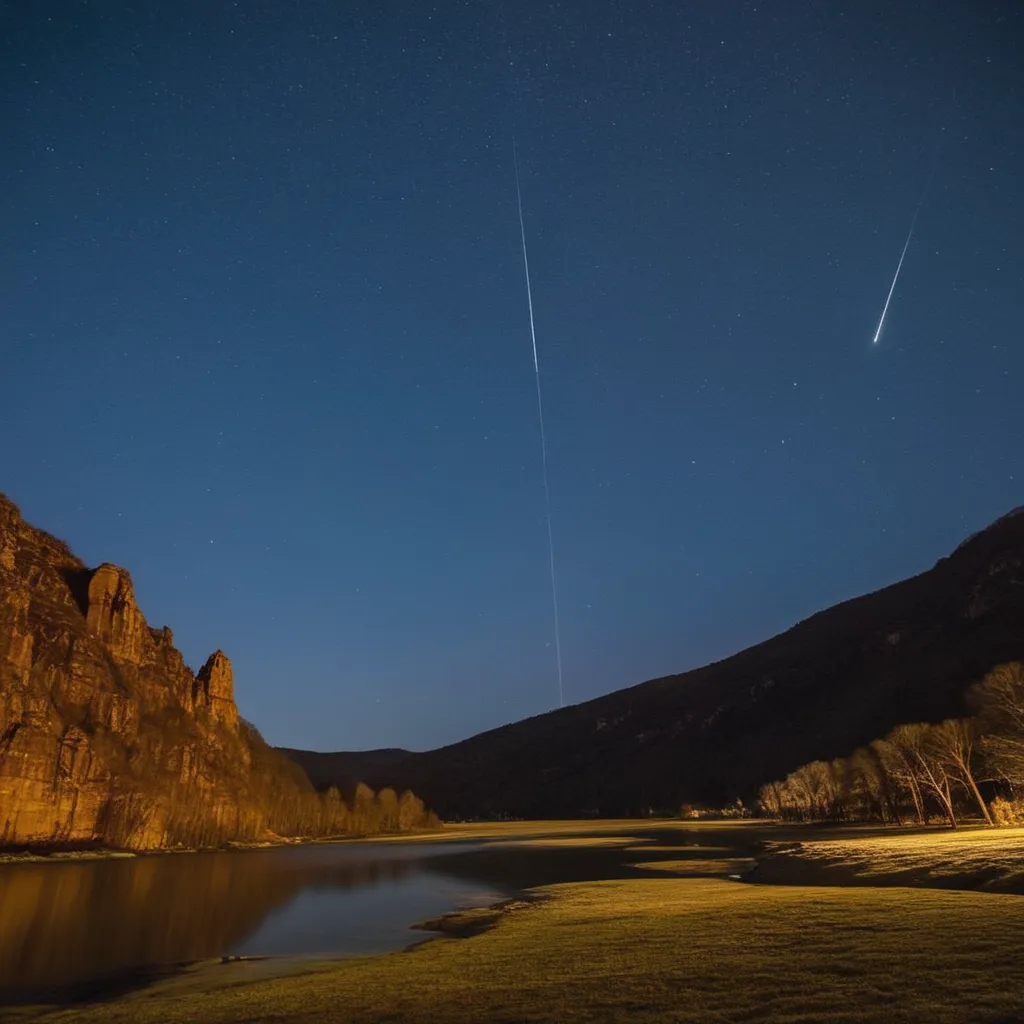The Geminids meteor shower, renowned for its vibrant streaks of light across the night sky, has captivated stargazers worldwide.

Visible globally, these meteors are observable with the naked eye, provided the sky is clear of clouds and free from the effects of light pollution.
In optimal conditions, spectators can witness dozens of meteors per hour.
NASA heralds the Geminids as one of the year's "best and most reliable annual meteor showers."
Causes of the Geminid Meteor Shower
Meteors become visible when the Earth traverses trails of debris from comets or asteroids. As this debris enters our planet's atmosphere, it burns up, generating spectacular streaks of light.
The Geminids originate from celestial debris left behind by a rocky asteroid known as 3200 Phaethon.
Dr. Maggie Aderin-Pocock, space scientist and co-host of The Sky at Night, clarifies that "shooting stars actually have nothing to do with stars." According to her, it's the tiny bits of debris burning up.
Dr. Aderin-Pocock notes the meteor shower's uniqueness, attributing it to the rocky nature of asteroids, unlike icy comets. She adds that some shooting stars may exhibit colors due to variations in elements within the particles.
The Royal Observatory in Greenwich identifies colors, including white, yellow, green, red, and blue, partially caused by traces of metals like sodium and calcium in the debris.
The name Geminids originates from Gemini, the constellation from which these meteors appear to emerge.
How to Observe the Shower
Dr. Aderin-Pocock recommends looking up at the sky, noting that you might see more if you look towards Gemini, even though it's not obligatory.
She advises finding Orion, looking slightly to the left, and spotting Gemini, where the shooting stars will emerge.
No special equipment is required to view the shower, and it is often easier to observe with the naked eye.
Choosing a dark, open space is crucial to avoiding light pollution from cities that can obstruct the view.
While the meteor shower peaked on Thursday night, it remains visible for a few days, albeit with fewer meteors.
Dr. Minjae Kim from the University of Warwick suggests using a stargazing app to help locate the meteor shower.

He emphasizes that finding the Gemini constellation first makes it easy to observe the meteor shower. Other tips include allowing your eyes to adjust to the dark and bringing a friend along to cover different parts of the sky.

No comments:
Post a Comment